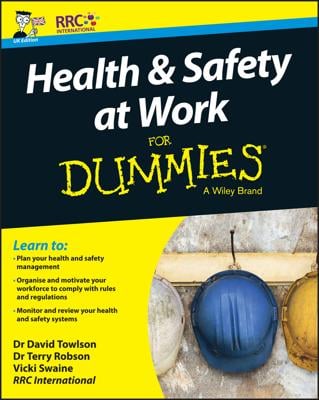You’re responsible for making sure your food truck employees are doing their job, which includes cleaning the truck during and at the end of a shift. Your main goal should be to ensure that the truck is safe and completely clean for its next use. The next time you and your staff members enter the truck, you should feel like you’re stepping into a brand-new, untouched kitchen.
Throughout every cooking shift, be sure to do the following truck kitchen cleaning tasks:
Brush the grill between cooking red meat, poultry, and fish.
Wipe down the cooking line and prep areas.
Switch cutting boards.
Empty the trash (use public trash receptacles to do this; don’t use privately owned dumpsters).
After each shift, perform the following truck kitchen cleaning tasks:
Clean the fryers.
Clean the microwave (inside and outside).
Brush the grill.
Wash and sanitize all surfaces (cutting boards, the service window ledge, cooking line, and prep tables).
Empty and clean the steam table.
Cover all bins in the cooler with plastic wrap.
Wash the floor mats.
Sweep and mop the truck floor.
Take care of the following truck kitchen cleaning tasks at the end of each work day:
Change any foil linings on the grill, range, and flattops you use.
Wash the can opener.
Wash hood filters by hand or run them through a dishwasher.
Your weekly truck kitchen cleaning list should consist of the following:
Empty coolers and wash and sanitize them.
Remove lime on sinks and faucets.
Clean the coffee machine.
Clean the ovens. Be sure to follow the manufacturer’s instructions.
Sharpen knives (okay, this isn’t cleaning per se, but it needs to be done).
Oil cast-iron cookware.
To make things easier on you and your staff, schedule the weekly tasks on a single day each week (like every Sunday), which creates a regular schedule for you to follow.
Plan to do the following tasks on a monthly basis:
Wash behind the hot line (oven, stove, and fryers) to cut down on grease buildup, which is a major fire hazard.
Clean freezers.
Empty and sanitize the ice machine.
Calibrate ovens.
Calibrate thermometers.
Wash walls and ceilings.
Wipe down the dry storage area.
Restock your first-aid kit.
Update your material safety data sheets, which outline how to safely use any chemicals in your kitchen.
Schedule your monthly tasks on a single day each month (like the first day of each month) to create a regular schedule for you to follow.
Last but not least, your biannual and yearly truck cleaning/safety list should consist of the following:
Clean the exhaust hoods twice a year.
Some professional companies specialize in hood cleaning. Doing this job yourself can be very messy and time consuming. Simply search for professional companies online or in your local yellow pages.
Check fire extinguishers (this task may need to be done twice a year, depending on where you live).
Check the fire suppression system.
Clean the pilot lights on gas kitchen equipment.
Have a professional pest control company inspect your vehicle for signs of pests and have them removed.
To keep track of your annual inspections, conduct them when you bring your truck out of winter storage. If you live in an area in which you operate year-round, schedule these personal inspections the month before your annual health department inspection.

